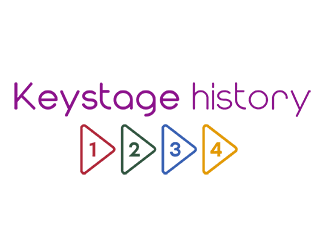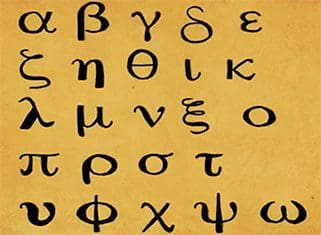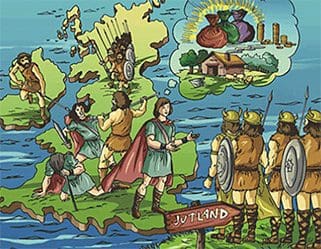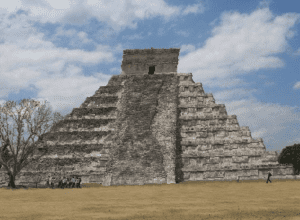
With OFSTED putting the curriculum under even greater scrutiny, it is perhaps timely to re-consider assumption about delivery of history as a discrete subject or as part of a thematic approach. OFSTED will claim that schools are free to select the best method to achieve outcomes for their pupils. I can’t help feeling that this is a touch disingenuous though. OFSTED has previous. It has gone on record publicly, several times, in important reports, as questioning the validity of some of the cross-curricular approaches it has seen being adopted.
So let’s take an example and let you make up your own mind about the issues. Many schools at KS2 were faced with making a decision about which non-European society they wanted their children to study. There wasn’t much of a choice. Most plumped for the Maya, not least because it seemed more familiar and closer to the Aztecs which some had taught before to this age group. Resources on the other societies were thin on the ground and this was a situation that was unlikely to improve dramatically, at least in the short term. Many got excited by the idea of using chocolate as an appealing way into the topic.
So, how was this planned? As well as studying the Maya in their own right and linking with what was happening in Britain at the time, the topic also included opportunities described in a recent book Mastering Primary History ( Doull, Russell and Hales, Bloomsbury 2019). They write:
“Across the curriculum, children wrote chocolate recipes in their English lessons, which also provided opportunities for measuring and volume and capacity in their mathematics lessons. English lessons also saw the children reading Roald Dahl’s Charlie and the Chocolate Factory. In Design Technology, the children created their own chocolate bars and they designed their own wrappers in Art. Creating jingles and adverts combined experiences in Music and Computing as well as persuasive writing in English, while Geography lessons looked at the route cocoa beans take, and the distances they travel, which led to map reading and co-ordinate work”.
The authors then pass comment:
“There is no doubt that an approach such as this will capture the imagination of your class. However, do we need to exercise some caution here? Will the integrity of individual subjects be compromised if such an approach is followed? Is there a danger that some aspects of history will be ignored? How does the history co-ordinator ensure that coverage of a full range of skills and experiences that we know to be good history are covered?”
When we consider that the Historical Association’s primary history survey of 2017 found that so-called topic work is still the predominant method of delivery of history, we need to be really sure that the distinctiveness of history is not lost. The more subjects you integrate the more likely that is to happen. And this is certainly what OFSTED believes, even though it claims to have no preference for the mode of curriculum delivery. You don’t want the moment you find out what they realty think to be when they feed back to you on the weaknesses of your curriculum intent and implementation!








